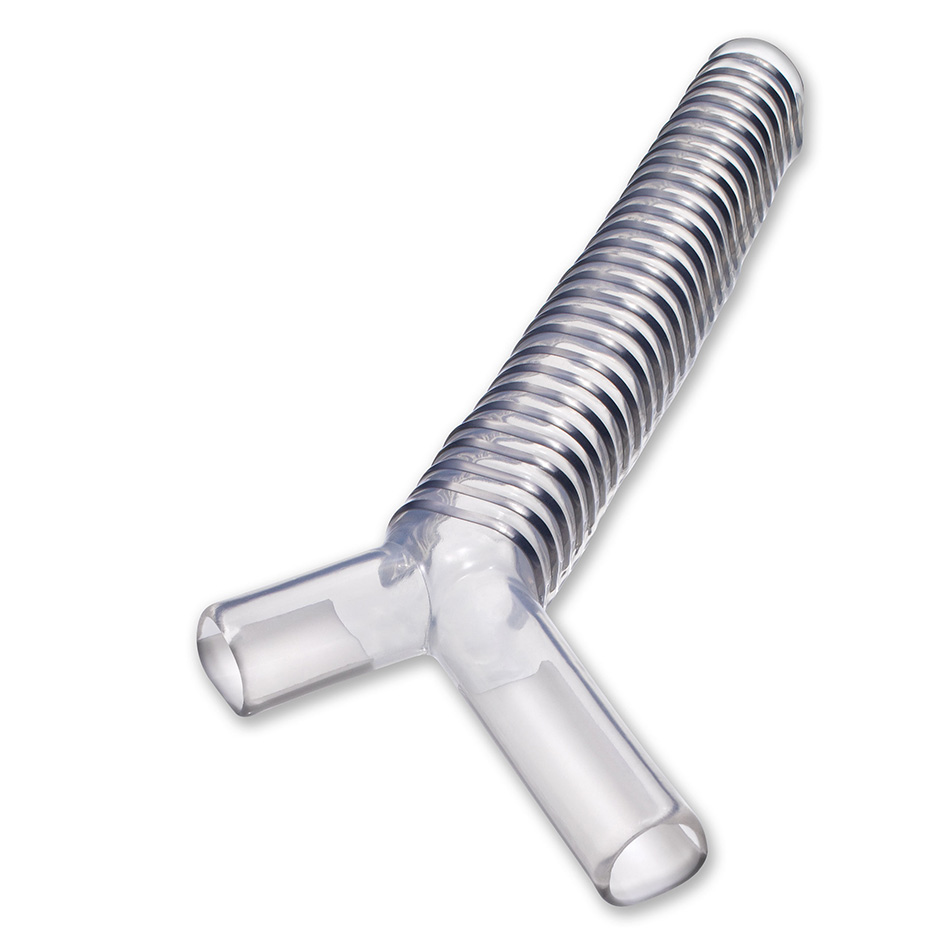In smokers, including those with airflow restriction, a recent study revealed a robust link between lung hyperinflation and clinical and subclinical coronary artery disease (CAD). After accounting for lung hyperinflation, the study revealed no link between FEV1 and emphysema and CAD. The research was published in the Chest Journal.
Hyperinflation is caused by anything that limits the flow of air out of the lungs. The most common culprit is COPD (chronic obstructive pulmonary disease), caused mainly by smoking. Frank C. Sciurba, Department of Medicine, University of Pittsburgh, Pittsburgh, PA, and colleagues addressed the question of which pulmonary phenotypes are associated with coronary artery disease (CAD) in smokers.
The researchers analyzed the data from the University of Pittsburgh COPD Specialized Center for Clinically Oriented Research (SCCOR) cohort (n = 481) and the Genetic Epidemiology of COPD (COPD Gene) cohort (n = 2,580).Participants included current and former smokers with > 10 pack-years of tobacco exposure. Because of methodologic differences, data from the two cohorts were analyzed. Lung hyperinflation was assessed by plethysmography in the SCCOR cohort and by inspiratory and expiratory CT scan lung volumes in the COPD Gene cohort.
Subclinical CAD was assessed as the coronary artery calcium score, whereas clinical CAD was defined as a self-reported history of CAD or myocardial infarction (MI).Analyses were performed in all smokers and then repeated in those with airflow obstruction (FEV1 to FVC ratio, < 0.70).
Key findings include:
- Pulmonary phenotypes, including airflow limitation, emphysema, lung hyperinflation, diffusion capacity, and radiographic measures of airway remodeling, showed weak to moderate correlations (r < 0.7) with each other.
- In multivariate models adjusted for pulmonary phenotypes and CAD risk factors, lung hyperinflation was the only phenotype associated with calcium score, history of clinical CAD, or history of MI (per 0.2 higher expiratory and inspiratory CT scan lung volume; coronary calcium: OR, 1.2; clinical CAD: OR, 1.6; and MI in COPD Gene: OR, 1.7).
- FEV1 and emphysema were associated with increased risk of CAD in models adjusted for CAD risk factors; however, these associations were attenuated on adjusting for lung hyperinflation. Results were the same in those with airflow obstruction and were present in both cohorts.
Sciurba and colleagues concluded, “subsequent studies should consider measuring lung hyperinflation and examining its mechanistic role in CAD in current and former smokers.









